
A Guide To Traveling In South Yemen
Updated January 2024, A Guide To Traveling In South Yemen was originally published in June 2020
As you likely already know, Yemen has been embroiled in a bloody civil war, often cited as the worst humanitarian crisis in the world, since 2015. Tourist numbers had been long dwindling in problem-racked Yemen for many years prior to the start of the Yemeni Civil War, with a significant drop to nearly zero after 2015.
Despite the ongoing war, tourism is slowly returning to a few governorates of Yemen’s south in incredibly small numbers (bar Socotra). With the correct procedures, it is possible to visit South Yemen, but this comes with a few caveats.
The Southern Yemen governorates of Al Mahrah and Hadhramaut are currently possible to travel to select destinations in but know that this could change with a moment’s notice. Of course, traveling in Yemen at this point in time is no small undertaking.
You’ll need the help of an extremely experienced fixer to mitigate safety and guide you in the country in addition to securing an approval letter from the Ministry of Tourism in order to get a visa. I have been arranging small group trips to South Yemen with a lovely local team, get in contact or sign up for email updates on the next departure in this post.
In this guide, you’ll find information on the areas in South Yemen that are currently possible to visit, and practical travel info.
Want to learn more about Yemen? Check out my guide to Yemen
Need Travel Insurance and Evacuation Services for Yemen?
Start shopping for travel insurance plans over at IATI Insurance. Readers of the Adventures of Nicole get a 5% discount off your plan.
The Adventures of Nicole partners with Global Rescue to offer the world’s leading medical evacuation and security advisory services. To travel with peace of mind, shop evacuation coverage at Global Rescue.

A Brief South Yemen History
South is east and north is west in Yemen. Confusing right? Well, from 1967 to 1990 there were two Yemens: the Yemen Arab Republic (North Yemen) and the People’s Democratic Republic of Yemen (South Yemen).
A coup d’état orchestrated by Gamal Abdel Nasser in 1962 lead to the start of the North Yemeni Civil War that dragged on from 1962-1970. North Yemen, of course, declared itself the Yemen Arab Republic in 1967, followed by South Yemen’s People’s Democratic Republic of Yemen in 1967. South Yemen operated as a communist state.
The two Yemens unified in 1990 to become the Yemen Republic, but it hasn’t been smooth sailing since as there has been the Al Hirik Movement boiling on- a push for the succession of South Yemen.
But South Yemen’s governorates themselves have unique histories that stretch back beyond antiquity. Currently, the governorates of Al Mahrah and Hadhramaut are possible to visit (Ma’rib as well, which I will include later in this post).
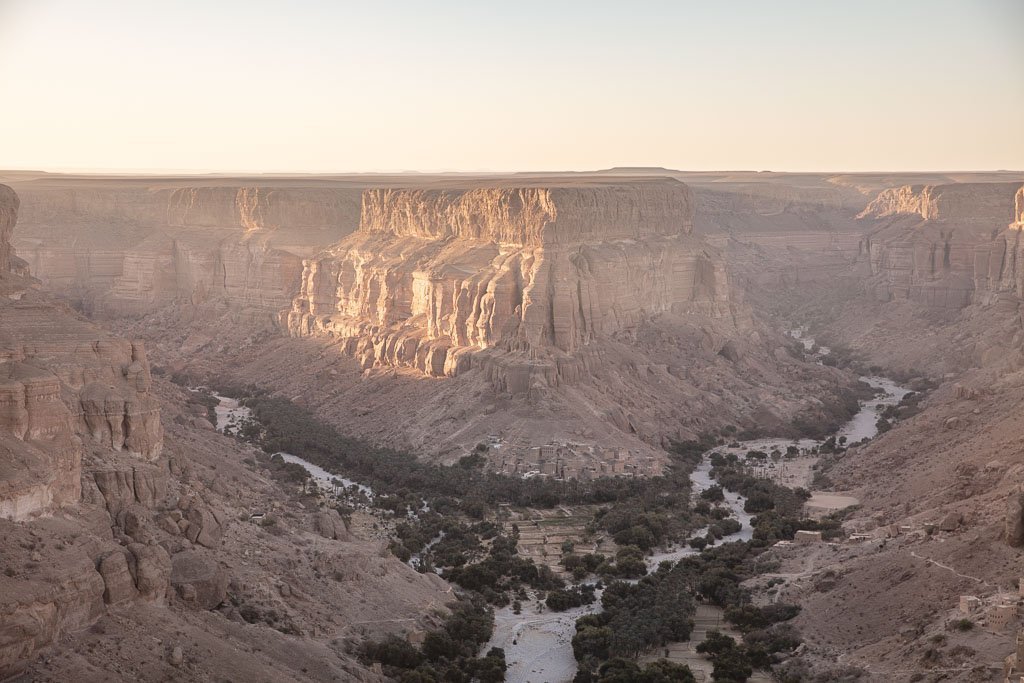
Governorates Of South Yemen
Aden: Legend points to Noah’s Ark having been built and launched from the area, but the city of Aden itself has a history that dates back to at least the 6th century BC. Aden was under British rule from 1839-1967 when Aden finally gained independence and went on to become the capital of South Yemen (People’s Democratic Republic of Yemen). Unfortunately, travel in Aden is not judicious at this time.
Hadhramaut: One of the most fascinating regions of Yemen and the country’s largest. Home to beautiful Hadhrami architecture, wild canyons, and epic adventure. The port city of Al Mukalla is the capital. Read more about the Hadhramaut here.
Al Mahrah: The easternmost governorate of Yemen, butting up to Oman and Saudi Arabia. The Mahri people actually have more in common with Socotris and people from Oman’s Dhofar Region, linguistically and culturally. At present, Al Mahrah is one of the safer areas to travel in Yemen. Read more about traveling in Al Mahrah and the Empty Quarter.
Shabwah: At present, it is not advisable to travel to or in Shabwah Governorate due to the ongoing Al Qaeda insurgency known as the Shabwah Governorate Offensive. Since 2015 the area within Shabwah Governorate has largely been a battleground and is now dangerous due to terrorist presence. The capital of Shabwah Governorate is Ataq.
Abyan: Abyan is another coastal region of Yemen, known for the cultivation of date palms. It is not possible to visit Abyan due to the presence of Ansar al Sharia (an organization including several militant Islamic groups of Al Qaeda in the Arabian Peninsula) and the Aden-Abyan Islamic Army, most well known for its participation of the 2000 bombing of the USS Cole.
Lahej: From 1728-1839 Lahej was a sheikhdom known was the Sultanate to Lahej. In 1839 the Sultanate fell to the British and operated as a British Protectorate until 1869 when Lahej was absorbed into the Aden Protectorate. The governorate has the nickname of ‘Lahej Al Khathra’, meaning Lahej is green, owing to its fertile green landscapes. Lahej was briefly captured by AQAP in February 2016 but was taken back by the government in April of the same year. Currently, it is not possible to visit Lahej.
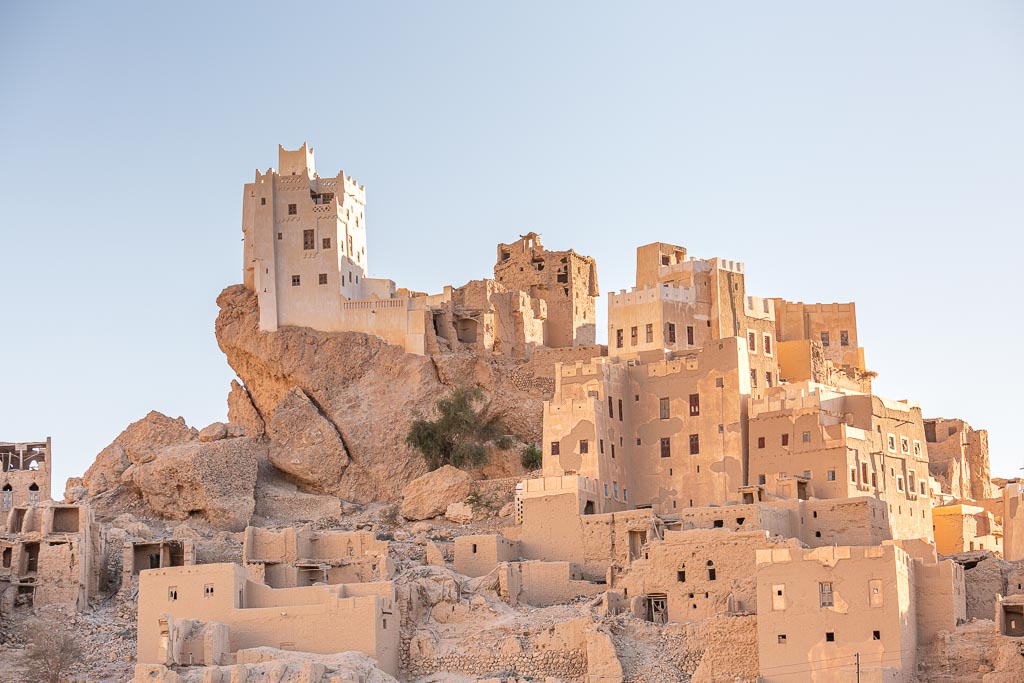
Governorates In South Yemen That Are Currently Possible To Visit
Hadhramaut Governorate
Check out my travel guide to the Hadhramaut
Al Mukalla
Al Mukalla is the largest city, as well as the capital city of the Hadrhamaut. Visiting the old town is the main draw, as was the corniche in the past (it was badly damaged in 2015).
Al Mukalla is still a bit dicey, and most fixers will avoid it, passing through it at the very most. If you do have the opportunity to visit, don’t miss the Al Ghwayzi Fort nearby.

Wadi Daw’an
Wadi Daw’an is probably the most lively and beautiful stretch of the Hadrhamaut. The canyon runs in a north-south direction and is littered with precarious villages teetering on cliff edges and tucked into pockets everywhere you look.
Wadi Daw’an is a true highlight of traveling Yemen’s Hadhramaut, with the unique village of Haid al Jazil being a fan favorite. Another must-see destination in Wadi Daw’an is the teetering Husn Fort of Qarn Majid.
Check out my guide to Wadi Daw’an and what it was like to travel there
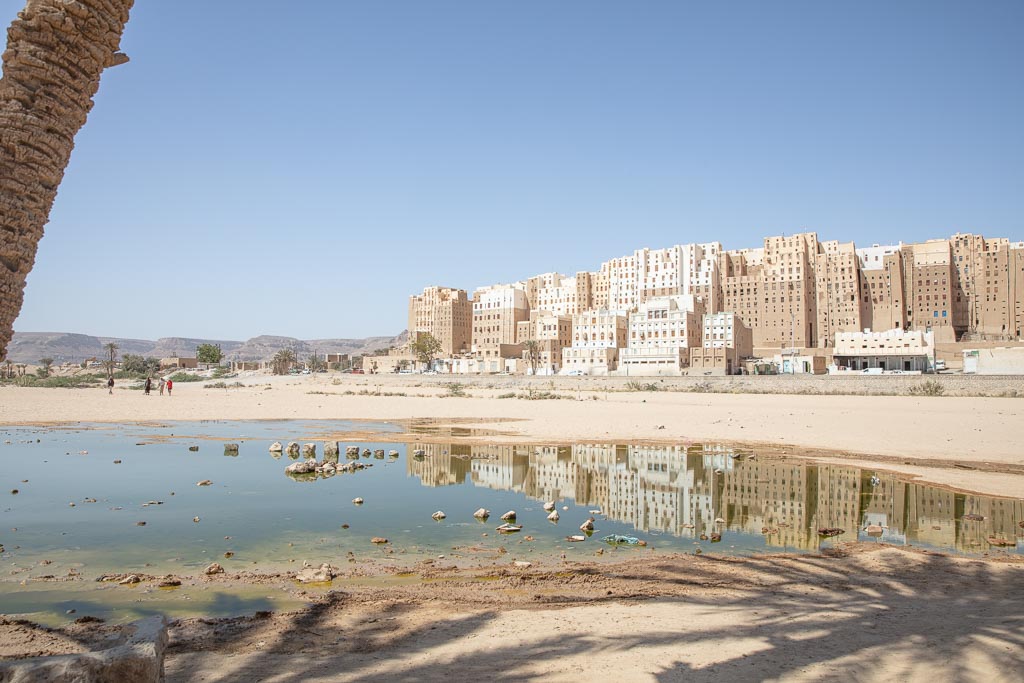
Shibam
Shibam is another gem in Hadhramaut, most well known for its ancient mudbrick skyscrapers best viewed at sunset from a famed lookout point. The walled city dates back centuries with beautiful architecture, mosques, and friendly people.
See the ancient skyscrapers of Shibam and everything you need to know to visit


Tarim
Tarim is the historical Sufi center of Yemen, drawing in pilgrims and students for centuries. The Tarim Souk and the beautiful bright-white al Muhdhar Mosque are not to be missed.
Read my experiences in, and in-depth guide to Tarim
Seiyun
Seiyun is quite bustling, serving as the economic hub of the Hadhramaut. With that said there aren’t a lot of sites of interest for most tourists who pass through Seiyun, as the Al Kathiri Palace is now used as a Saudi military base. You will depart from Seiyun Airport if you will leaving Yemen by plane (to Cairo or Socotra).
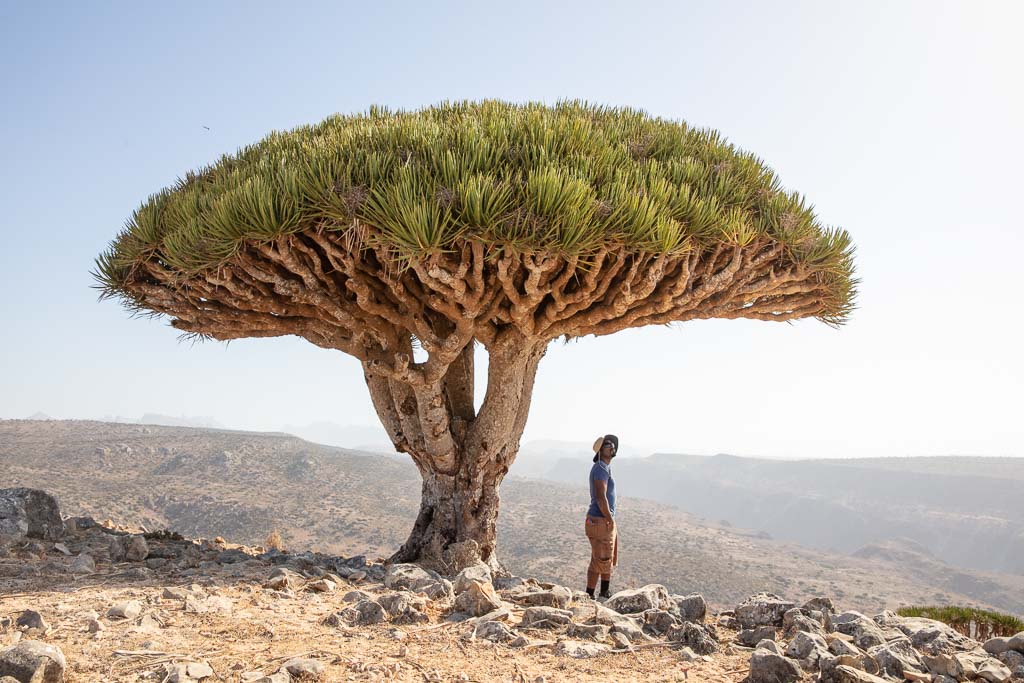
Socotra
Socotra is a world away from Mainland Yemen, but technically it’s a part of the Hadhramaut Governorate. If you haven’t heard of Socotra, it’s the otherworldly island located in the Arabian Sea between Yemen and Somalia. Home to the endemic Dragon Blood Tree, Bottle Tree, and even a unique Frankincense Tree.
Socotra is a gem of biodiversity, home to some of the highest concentrations of endemic flora and fauna in the world, putting it in the ranks with the likes of the Galapagos Islands. The island also plays host to ethereal beaches and out-of-this-world landscapes.
Socotra has entirely escaped the scars of war due to its distinct isolation, with that said they have suffered the economic consequences. Socotra is the only destination in Yemen that I can confidently say is safe to visit.
Start planning your visit to Socotra: The Socotra Travel Guide
Al Mahrah
Al Mahrah is the easternmost governorate of Yemen, sharing the border with Oman and Saudi Arabia. Home to large swaths of desert, the fascinating and rugged Arabian Sea coast, and the remote and largely unexplored Yemeni Empty Quarter.
Read more here: The Al Mahrah Travel Guide

Hawf
Hawf is the first town you’ll reach after crossing the Yemen-Oman border at Surfeet. It’s more or less a fishing village, but the drive from the border to Al Ghaydah is truly stunning with craggy peaks and cliffs that plummet down to the sea.

Al Ghaydah
Al Ghaydah is a dusty border town that has seen a boom in recent years thanks to the exodus of people that fled the fighting in North Yemen, some of which traveling al the way to Al Ghaydah. There isn’t much to see in Al Ghaydah, but the central souq is worth a visit in the evening when it comes to life. There is a fish market held just outside town in the mornings.
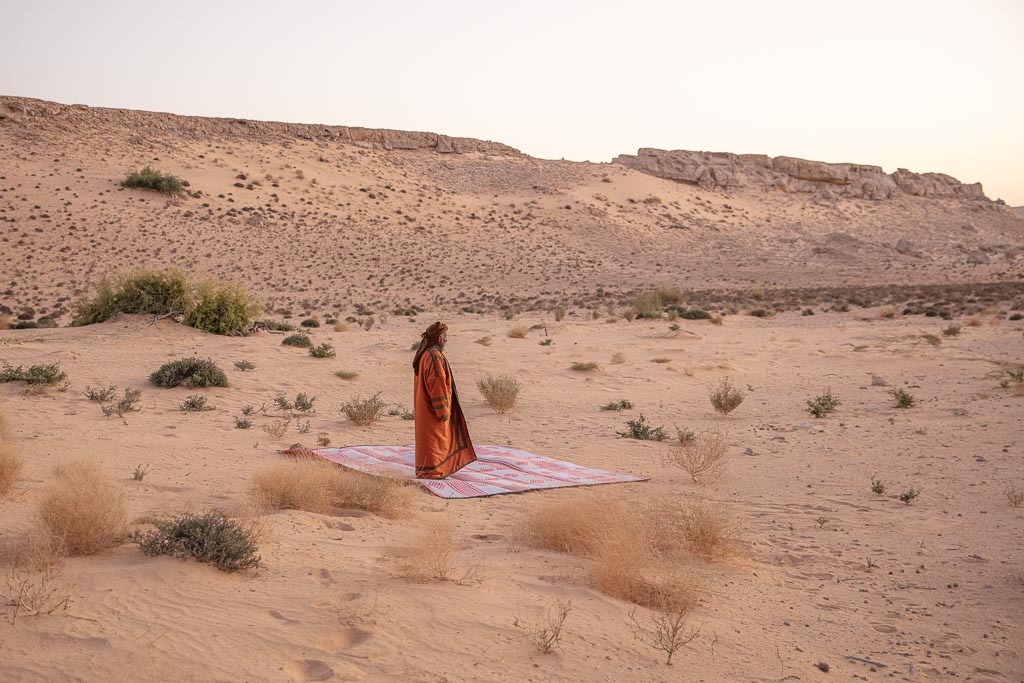
Yemeni Empty Quarter
The Yemeni Empty Quarter is a territory of desolation. Home to Mahri Bedouin tribes that live pretty traditionally raising camels and goats in the desert.
The Empty Quarter, or Rub al Khali as its called in Arabic actually extends into Yemen, Oman, Saudi Arabia, and UAE. For obvious reasons, the Yemeni Empty Quarter is the least visited.
If you want to see the wild side of Yemen and sleep under the stars with Bedouin families, this is the place to visit. You’ll also get to hear the Mahri language spoken here, an ancient South Arabia dialect that is related to Socotri.
Read on to see what it was like to stargaze in the Yemeni Empty Quarter
Ma’rib (Not a part of South Yemen)
At the time of my last visit in early 2020, it was possible to visit Ma’rib (we did not, due to distance and time). Ma’rib, I was told on my first visit to Yemen in 2014, was actually not possible to visit due to the spate of tourists kidnapped in the area over the years, and the hotbed of militancy it was known for.
Bilqis, known to the rest of us as the Queen of Sheba, is believed by some to have hailed from Ma’rib. In ancient times the area was known to be a paradise, home to the Great Ma’rib Dam that dates back to the 8th century BC.
As of early 2020, it was possible to get to Ma’rib, but this, of course, could change at any time.

Accommodation
Accommodation options in Mainland Yemen tend to be modest. Many times, in cities you’ll find yourself at a private apartment.
In Wadi Daw’an we actually stayed in a palace, and in the deserts of the Empty Quarter, we camped. In Socotra, you can expect to camp every night unless you want to journey back to Hadiboh each night (don’t, it’s a waste of time having to travel back and forth daily), and that’s IF you can even get a room at the Summerlands Hotel (they have a tendency to fill up with Jordanian doctors that staff the hospital on the island, and even if you have a reservation, know that it might not be honored).
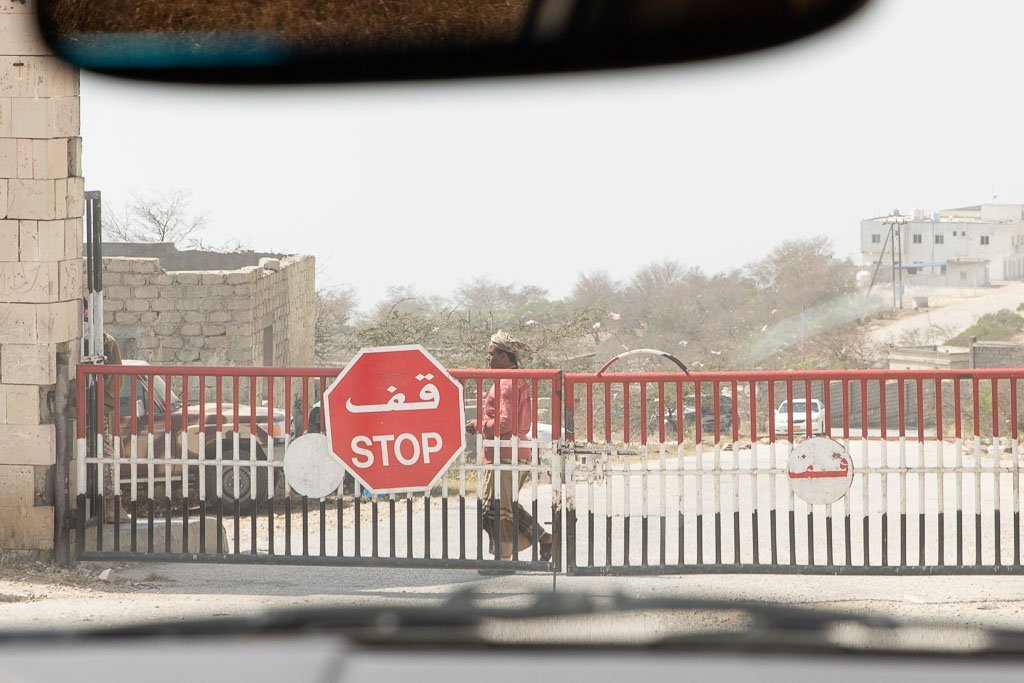
Getting To South Yemen
Most who visit the South of Yemen arrive over the Surfeet border between Yemen and Oman. A border crossing further north exists, however, note that you can only exit from Yemen to Oman here.
Once per week Yemenia flight IY 607 from Cairo to Socotra makes a stop in Seiyun. (IY 606 runs from Socotra to Cairo the next day). You can use this Wednesday flight to leave Seiyun to Cairo or Socotra though.
More recently (March 2021), Air Arabia began offering a direct Abu Dhabi-Socotra flight on Mondays. This flight also returns back to Abu Dhabi from Socotra on Mondays.
Flights need to be booked in advance after you’ve been issued a Yemeni visa. Yemenia tickets must be paid for in cash at the Yemenia office in Cairo (I’ve heard the Kuwait City office is possible too). Air Arabia tickets can be booked via offices in the UAE. In order to secure the flight, you’ll need the help of a local operator.
Check out: How to get to Socotra
Spending time in Cairo before or after Socotra? Check out my Cairo Travel Guide
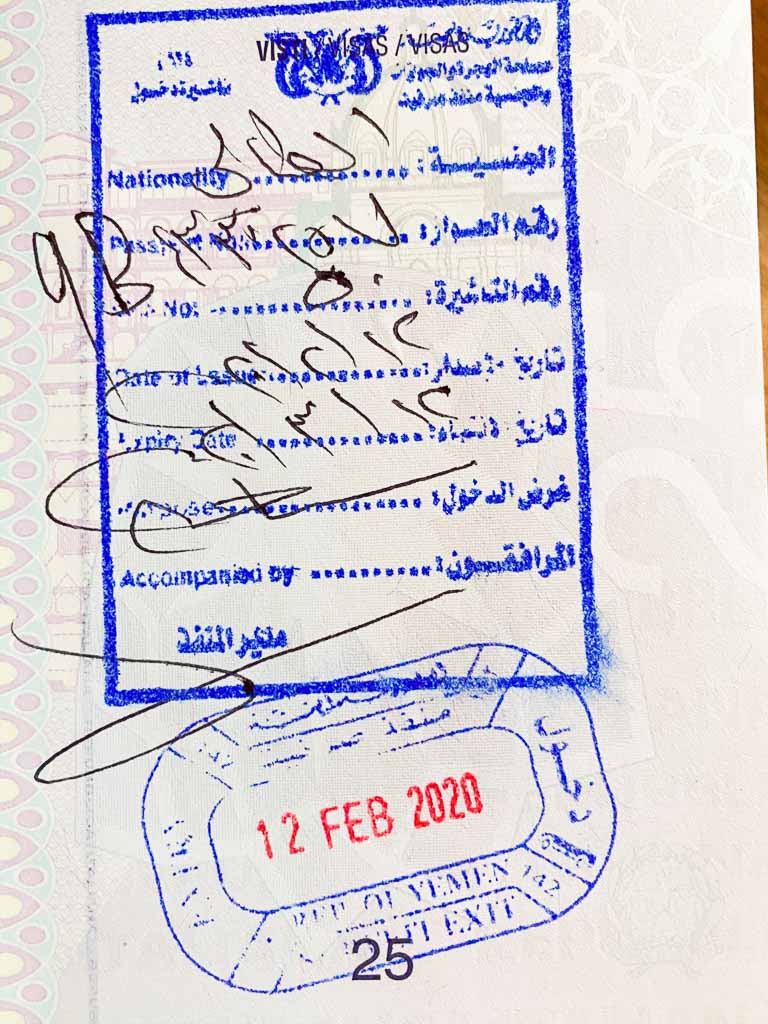
Yemeni Visas
The process of getting a visa to Yemen isn’t necessarily difficult, but you’ll need to enlist the help of a local operator. Your operator or fixer will need to first apply for an approval letter from the Ministry of Tourism, with which you can obtain a Yemeni visa (paper) that you will bring with you and receive your visa on arrival at the border or at the Socotra Airport.
Learn how to get a Yemeni visa

Safety In South Yemen
Fixers
Safety cannot be guaranteed anywhere, especially in Yemen given its current situation. As I said earlier, Socotra is the only place I would deem safe in Yemen, though it does have its natural hazards (ocean, mountains, cliffs, etc.).
For Mainland Yemen, you will need to hire an experienced, knowledgeable, and well-connected fixer/guide that will handle every aspect of your visit. With that said, traveling in South Yemen comes at a high price (so please stop e-mailing me demanding to know why it’s so expensive to travel in countries currently at war), you’re paying for expertise and security- two things you don’t wanna f*** with in Yemen.
Dressing Like A Local
If you aren’t already wearing them when you cross the border, the first thing you’ll do on arrival in Yemen is go to a souq and purchase abaya and niqab for female travelers, or fouta and keffiyah for male travelers. Blending in in Yemen is paramount to your safety (and sorry, if you don’t agree with the practice of veiling and covering, but if you plan to visit South Yemen know that this is how essentially all women in South Yemen dress at the time being. If you do not want to do this, I recommend you reconsider visiting Yemen right now).
As with other high-risk destinations, you never know who is watching you and who might be working with and report you to a militant group, a terrorist organization, or anyone else you don’t want kidnapping you. Wearing local garb will help to keep you from standing out.
Have Any Questions About Traveling In South Yemen?
Ask in the comments section below.


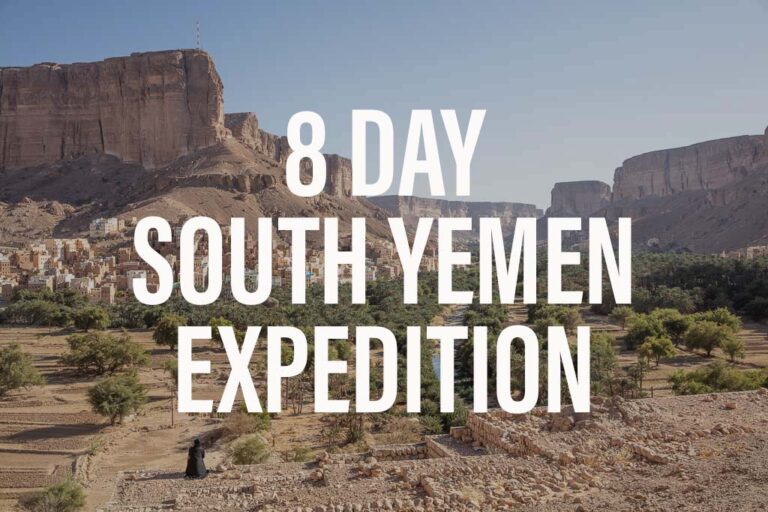

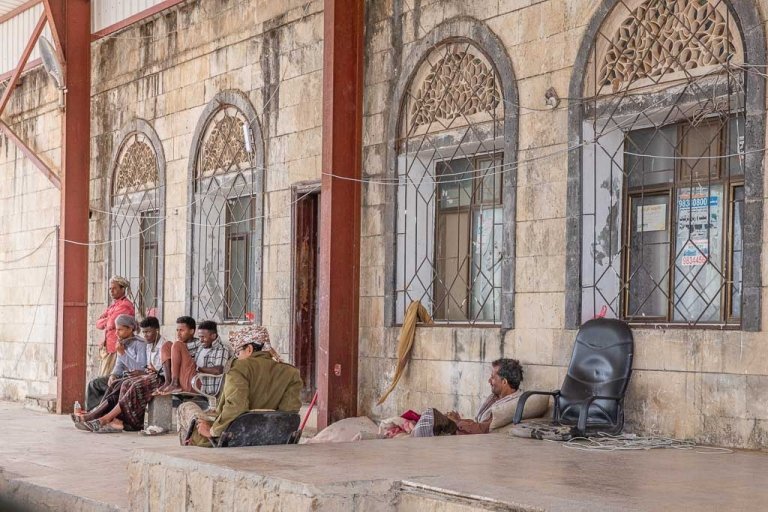
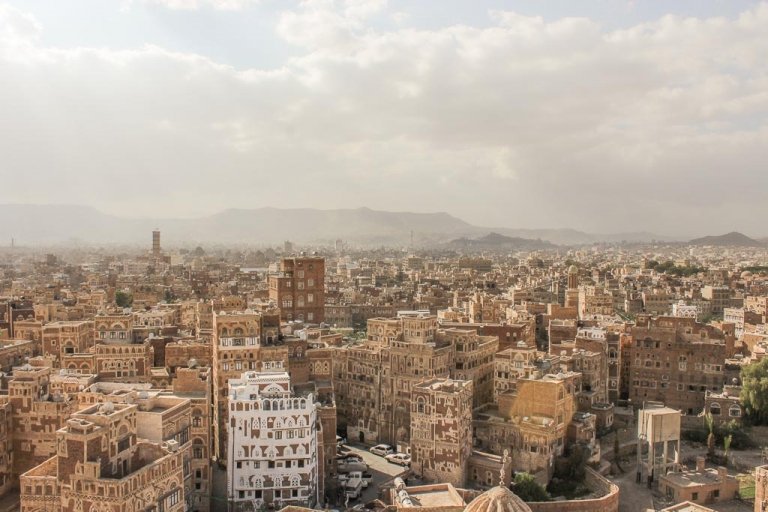

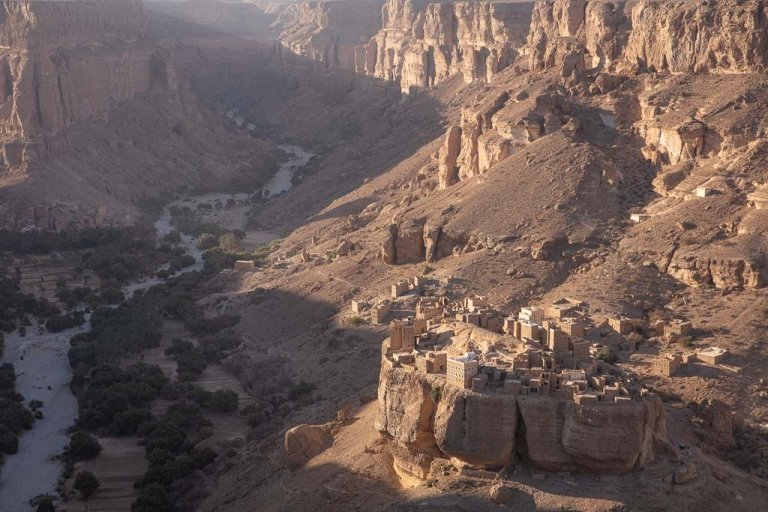

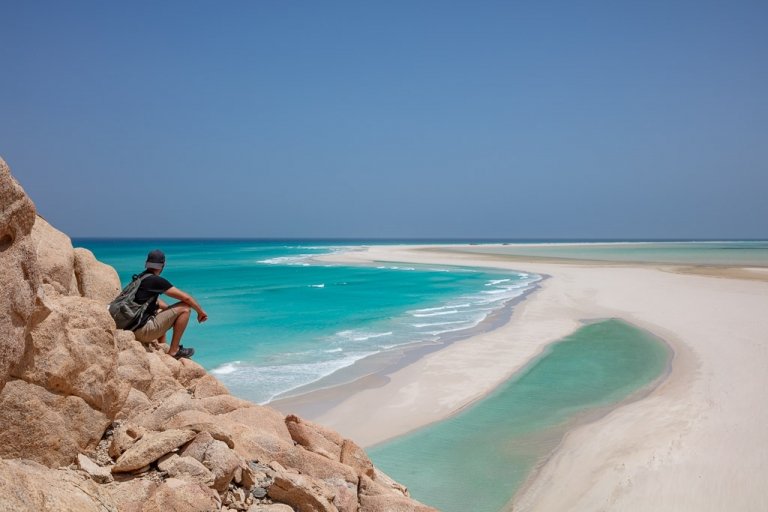

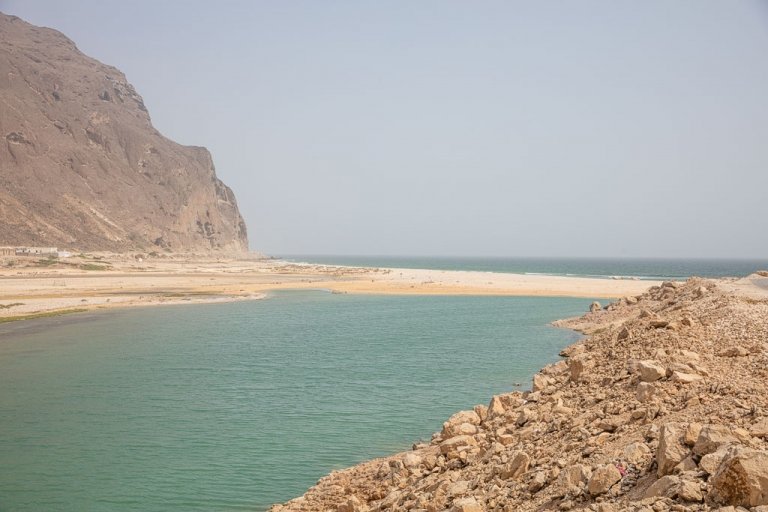
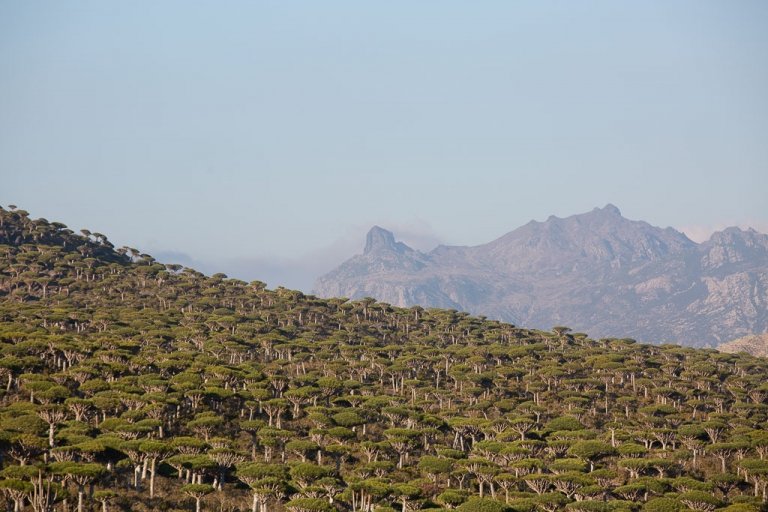
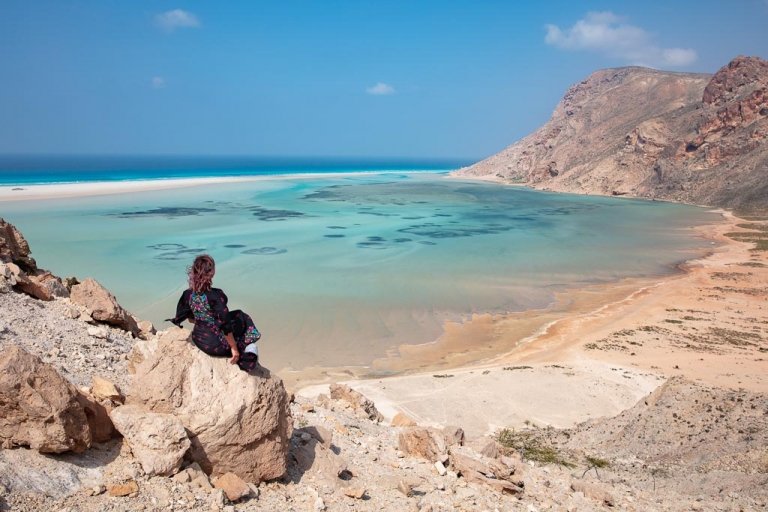
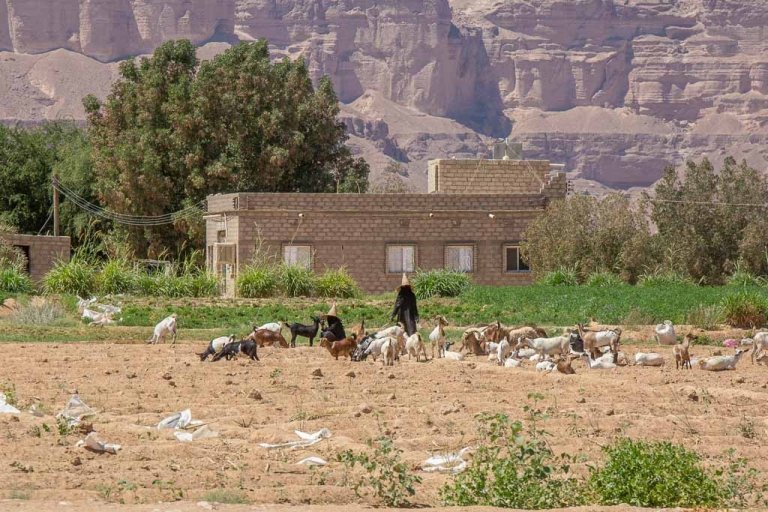
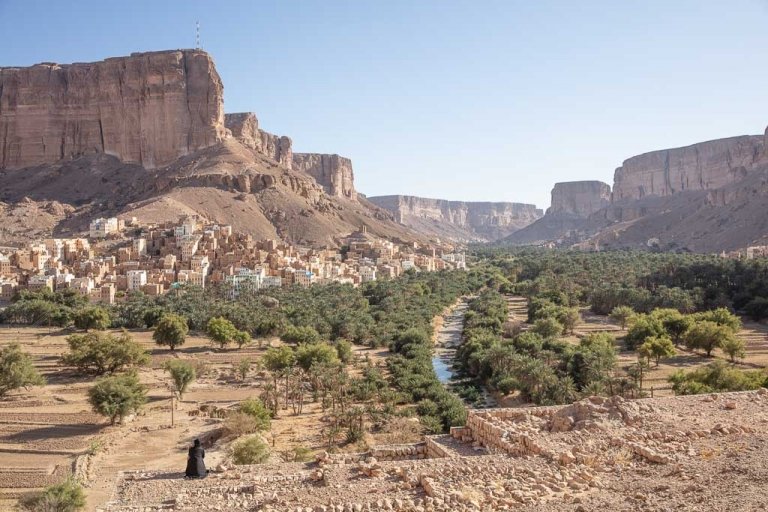

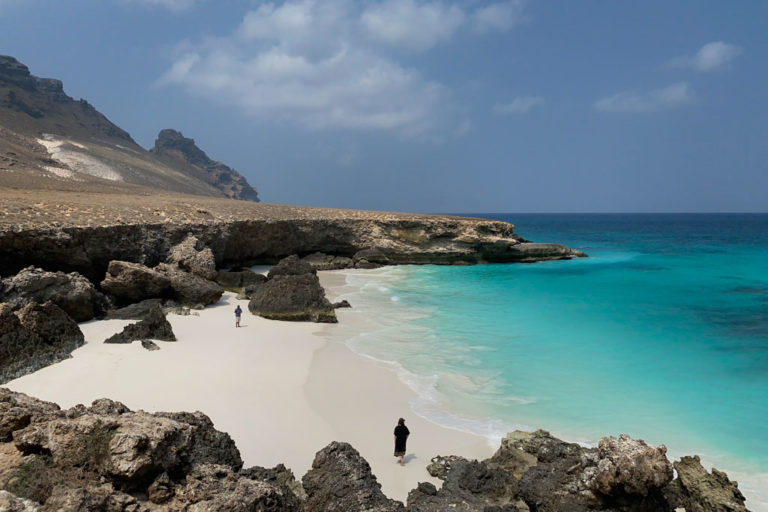
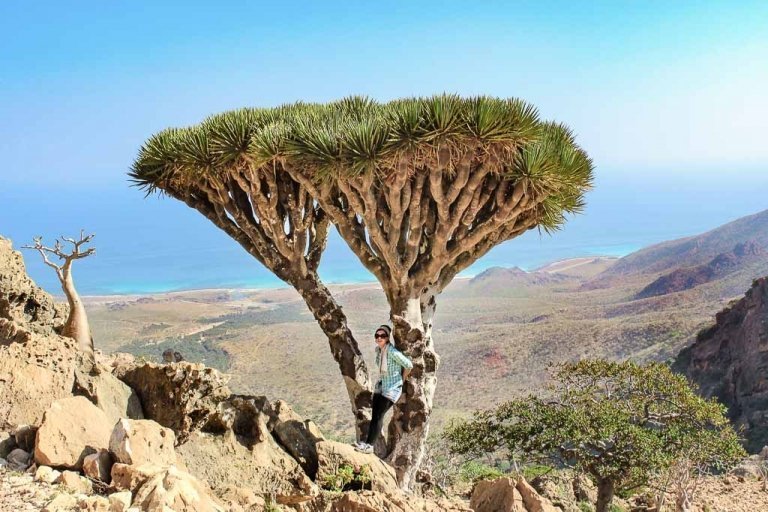

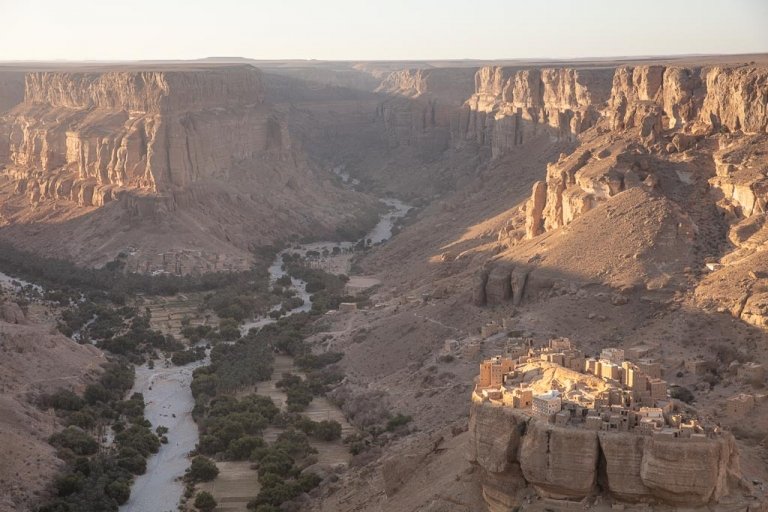
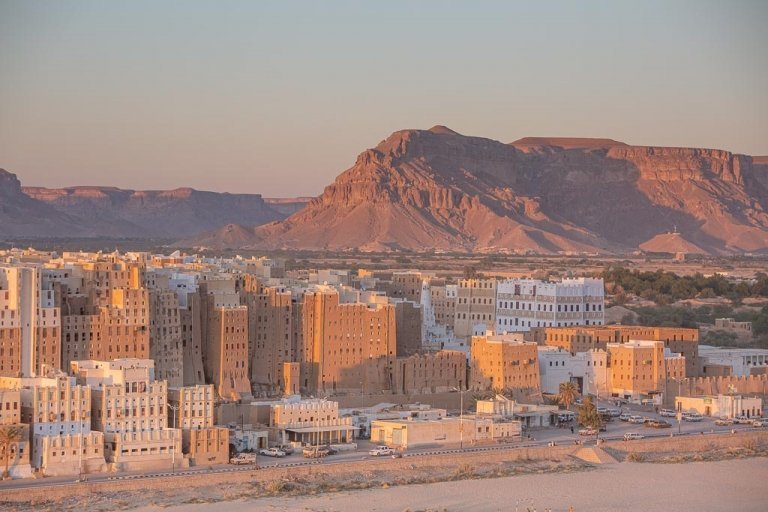



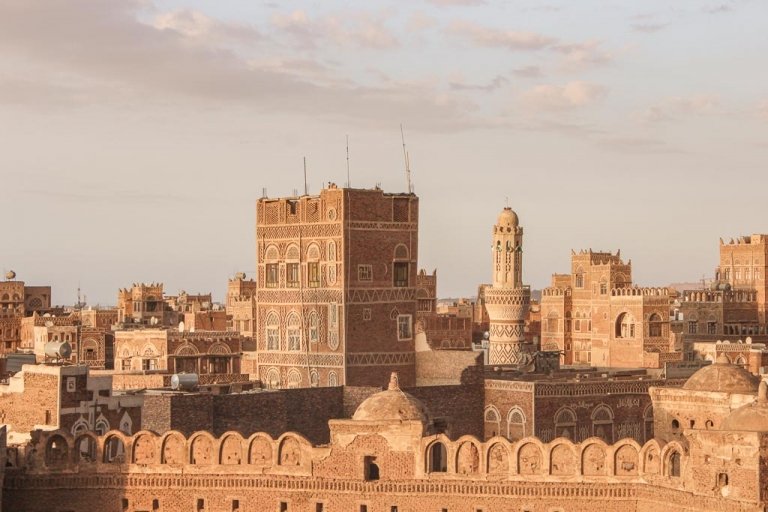


I love to travel, by virtue of my work, at Sana’a International Airport since 2007 .. I have traveled to several Arab and European countries, but I have not seen such beautiful scenery in my country .. Thank you.
Hi Mohammed,
I hope you get to one day see more of Yemen! I do remember the Sana’a Airport quite clearly, I was in it last in 2014.